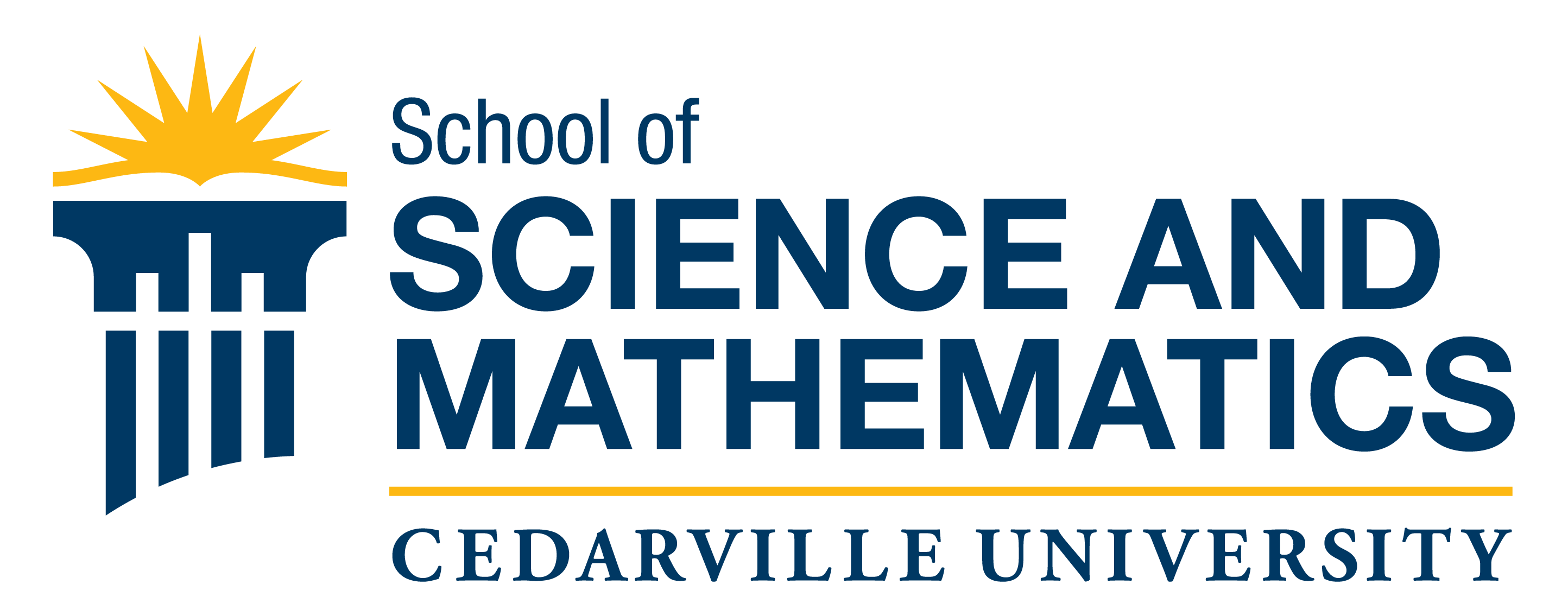Science and Mathematics Faculty Publications
Characterization of a Netrin-1-like Protein Secreted by Tetrahymena thermophila
Document Type
Article
Publication Date
2017
Journal Title
Current Trends in Microbiology
ISSN
0972-7736
Volume
11
First Page
43
Last Page
50
Abstract
Netrins are a family of pleiotropic signaling proteins, expressed throughout the animal kingdom, that have guidance functions in the development of the nervous system and other branched tissues, Netrins often serve a chemotactic role, acting as chemoattractants or chemorepellents depending upon the type of receptors expressed within the tissue. Chemorepellent transduction usually involves the UNC-5 family of receptors along with the tyrosine kinase, src-1. The best-characterized netrin in the family, netrin-1, has previously been shown to be a chemorepellent in the ciliated protozoan Tetrahymena thermophila, and the tyrosine kinase inhibitor genistein, blocked netrin-1 signaling in this organism. T. thermophila secrete a protein that is immunologically similar to netrin-1, suggesting that this netrin-1-like protein may play a role in intercellular communication. In this study, we find that the netrin-1-like protein of Tetrahymena is a basic protein, approximately 52 kD, which is found in whole cell extract but enriched in secreted protein. In addition, our data indicate that T. thermophila have proteins that are immunologically similar to src-1 and UNC-5, suggesting that parts of the netrin signaling pathway conserved throughout the animal kingdom may also be present in Kingdom Protista. Further characterization will be necessary to learn more about these signaling proteins and their physiological role in this organism.
Keywords
Netrin, Tetrahymena thermophila, tyrosine kinase, UNC-5, UNC-6
Recommended Citation
Matthew Merical, Bethany Khol, Katelyn Malik, Lois Parks, Kenneth Ward, Stephanie Hermann and Heather Kuruvilla, 2017, Characterization of a netrin-1-like protein secreted by Tetrahymena thermophila, Current Trends in Microbiology, Vol. 11, 43 – 50.
PDF of article
Creative Commons License

This work is licensed under a Creative Commons Attribution-Noncommercial-No Derivative Works 4.0 License.



